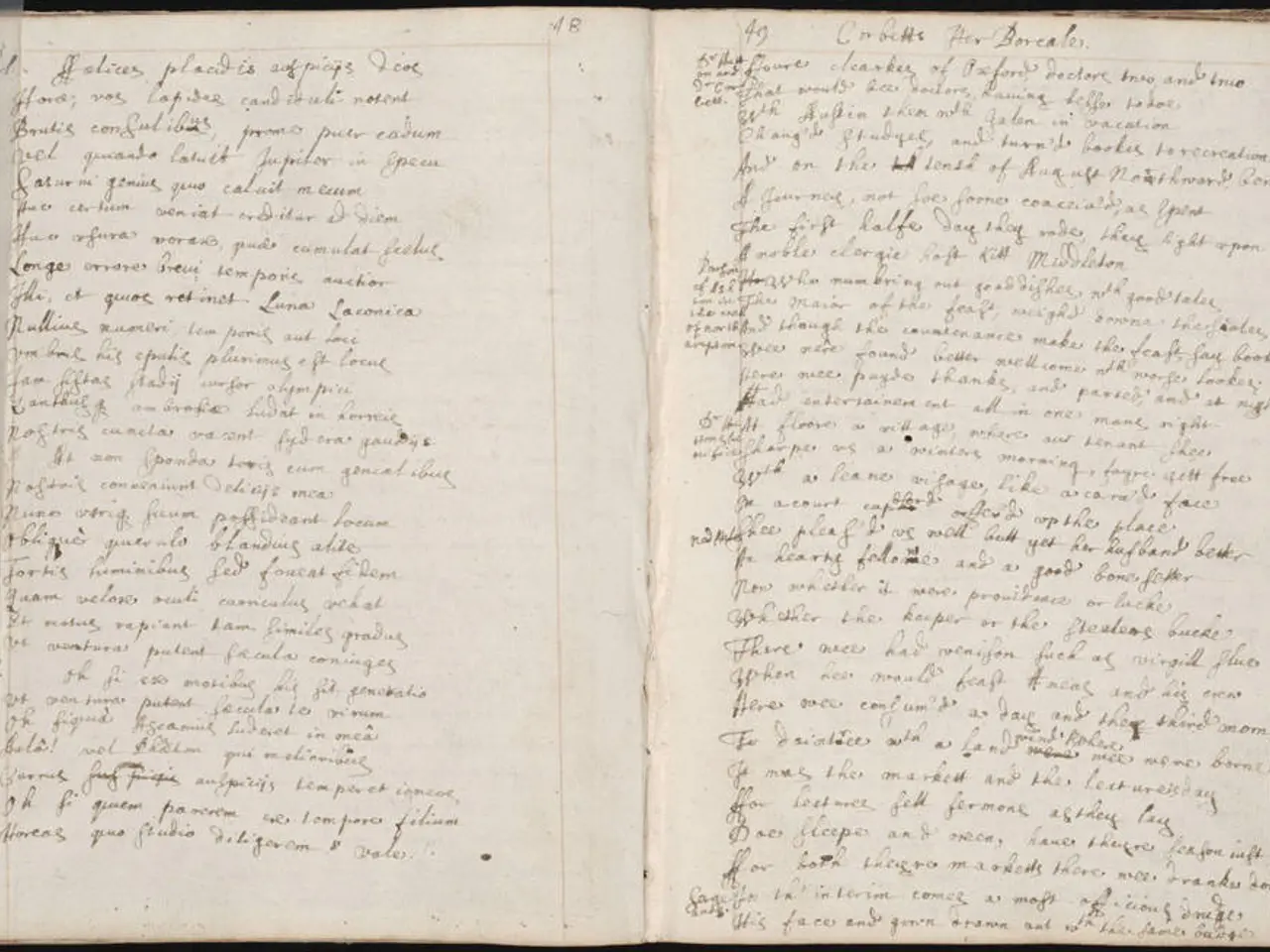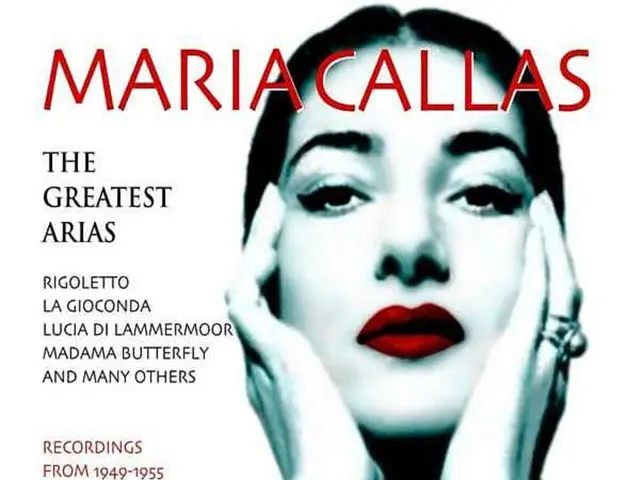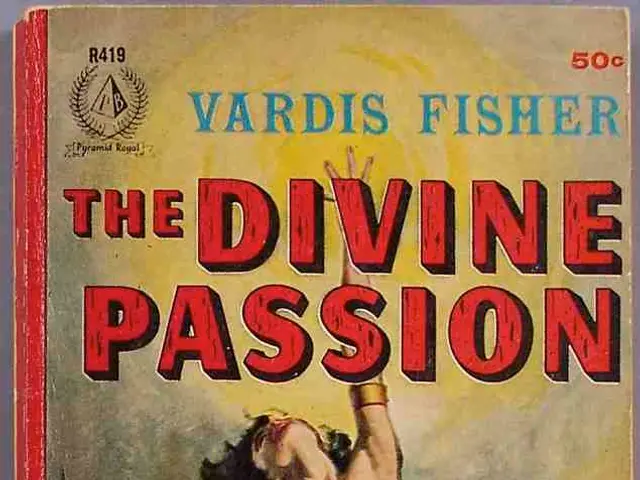Dramatic Suspense: The Appeal of Unresolved Endings
In the world of novel writing, crafting a captivating ending is crucial to keep readers engaged and eager for more. Katie McCoach, a member of the Romance Writers of America and the Editorial Freelancers Association, shares her insights on the best practices for ending a novel with a cliffhanger while maintaining reader satisfaction.
According to McCoach, the key is to balance suspense with partial closure and foreshadowing. This approach ensures that readers feel rewarded for their investment in the story, while also leaving them intrigued about what lies ahead.
One effective strategy is to provide some resolution in the book's arc, such as resolving the main conflict of the current installment while hinting at a larger threat or unanswered question for the future. This can be achieved by ending with the heroes sensing a new danger or a villain revealing their next plan.
Subtle foreshadowing and planting clues throughout the story can also make the ending feel earned rather than contrived. By doing so, the cliffhanger becomes an organic part of the narrative, rather than an artificial device.
Inserting a time jump or a moment of calm before the storm can provide a sense of closure for the current chapter, while still promising more story ahead. This approach allows readers to catch their breath before diving headfirst into the next adventure.
Leaving some elements open to interpretation through symbolism or ambiguous imagery can provoke reader engagement and discussion without leaving them feeling cheated. This technique can add depth and complexity to the story, making it more memorable for the readers.
When part of a series, clearly signaling continuation is essential. A message like “The adventure continues in...” or other narrative signals can prepare readers for future books and keep them invested in the story.
Avoiding a cliffhanger that relies solely on a brutal “freeze” at the highest tension without any payoff or narrative break is also important. Such endings can frustrate readers if the wait for the next book is long or uncertain.
As a writer, it is recommended to tread carefully when using cliffhangers in a novel that is planned to be a series or continue. Let the story and characters guide the cliffhanger, not the writing.
Dictionary.com defines "cliffhanger" as a melodramatic adventure serial that ends in suspense to interest the reader or viewer in the next installment. It can also refer to a situation of imminent disaster, usually occurring at the end of each episode of a serialized film.
Intentionally ending a novel with a cliffhanger may not be enjoyed by all readers, as it can appear as trying too hard and not serving the ultimate goal of enticing a reader and keeping the suspense alive. A cliffhanger that resolves nothing is a major no-no.
Well-done cliffhangers, however, can be a powerful tool to keep readers engaged and eager for the next installment. Examples of effective cliffhangers can be found in the Harry Potter series, where the main situation is resolved, but impending danger is left unresolved, keeping readers on the edge of their seats.
For advice on editing, writing, and publishing, visit Katie McCoach's blog. Follow her on Twitter for more writing tips.
Read also:
- "Primal instincts at play: Subnautica 2 designer notes our affinity for weapon-making stems from a fundamental desire for protection and sustenance"
- Dragon Age series might find a promising future with remasters, according to ex-BioWare producer Mark Darrah, but it seems unlikely that EA and BioWare possess the capability for such undertakings at present.
- In Verdansk, the dominance of automated systems in Warzone is causing an integration with Stalker, leading to a blurring of lines in the user's mind.
- Despite the significant success of Clair Obscur: Expedition 33, its director asserts that traditional prejudice towards turn-based RPGs persists, with real-time action games generally receiving smoother acceptance.








